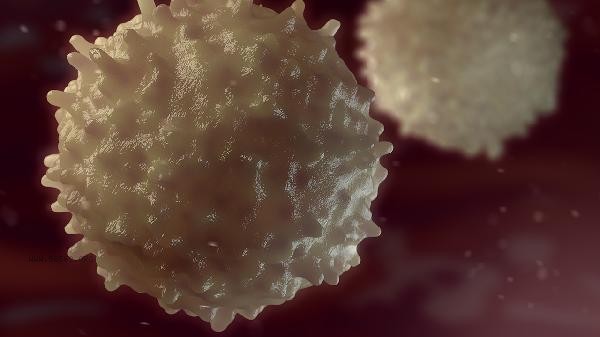The white blood cell count of 10.69 × 10 ⁹/L is slightly higher than the normal reference range of 4-10 × 10 ⁹/L for adults, which may be caused by physiological factors or mild infections. The main influencing factors include vigorous exercise, pregnancy reactions, bacterial infections, drug effects, and stress states.

1. Intense exercise:
High intensity physical activity stimulates the bone marrow to release more white blood cells into the bloodstream. Usually, it can increase to 12 × 10 ⁹/L 2-4 hours after exercise. This temporary increase does not require special treatment, and after resting for 6-24 hours, re examination indicators can often return to normal. This type of phenomenon is common in post race testing for marathon athletes.
2. Pregnancy response:
White blood cells in women in the middle and late stages of pregnancy are often maintained at 10-15 × 10 ⁹/L, which is related to hormone changes and blood volume expansion. If there are no signs of infection such as fever or elevated C-reactive protein, it is considered a normal physiological adjustment. Within 6 weeks postpartum, it will gradually fall back to pre pregnancy levels. 3. Bacterial infection: Mild respiratory or urinary system infections can cause white blood cells to rise to 10-12 × 10 ⁹/L, often accompanied by an increase in the proportion of neutrophils. Commonly seen in diseases such as tonsillitis and cystitis, it is necessary to make a comprehensive judgment based on body temperature and local symptoms. Blood count returns to normal 1-2 weeks after infection control.
4. Drug action:

Corticosteroids such as prednisone and adrenaline can promote the release of white blood cells from the bone marrow. Long term use of hormone therapy may continue to maintain below 12 × 10 ⁹/L, gradually recovering after discontinuation of medication. Attention should be paid to distinguishing from infectious leukocytosis. 5. Stress state: Within 3 days after severe anxiety, trauma, or surgery, the body's stress response can cause a transient increase in white blood cells. This change is usually accompanied by a decrease in the proportion of lymphocytes, which gradually declines within 72 hours after the elimination of stressors.
It is recommended to monitor the trend of changes in blood routine and avoid vigorous exercise 24 hours before the examination. Daily supplementation of vitamin C, citrus fruits, zinc, oysters, and nuts can support immune regulation, and maintain 30 minutes of moderate intensity exercise daily. If the concentration continues to exceed 11 × 10 ⁹/L or is accompanied by symptoms such as fever and weight loss, further examinations such as peripheral blood smears and inflammatory markers should be conducted. Pregnant women and children should adjust their judgment criteria according to their age stage. Elevated white blood cells during pregnancy are a normal physiological phenomenon and do not require excessive intervention.









Comments (0)
Leave a Comment
No comments yet
Be the first to share your thoughts!